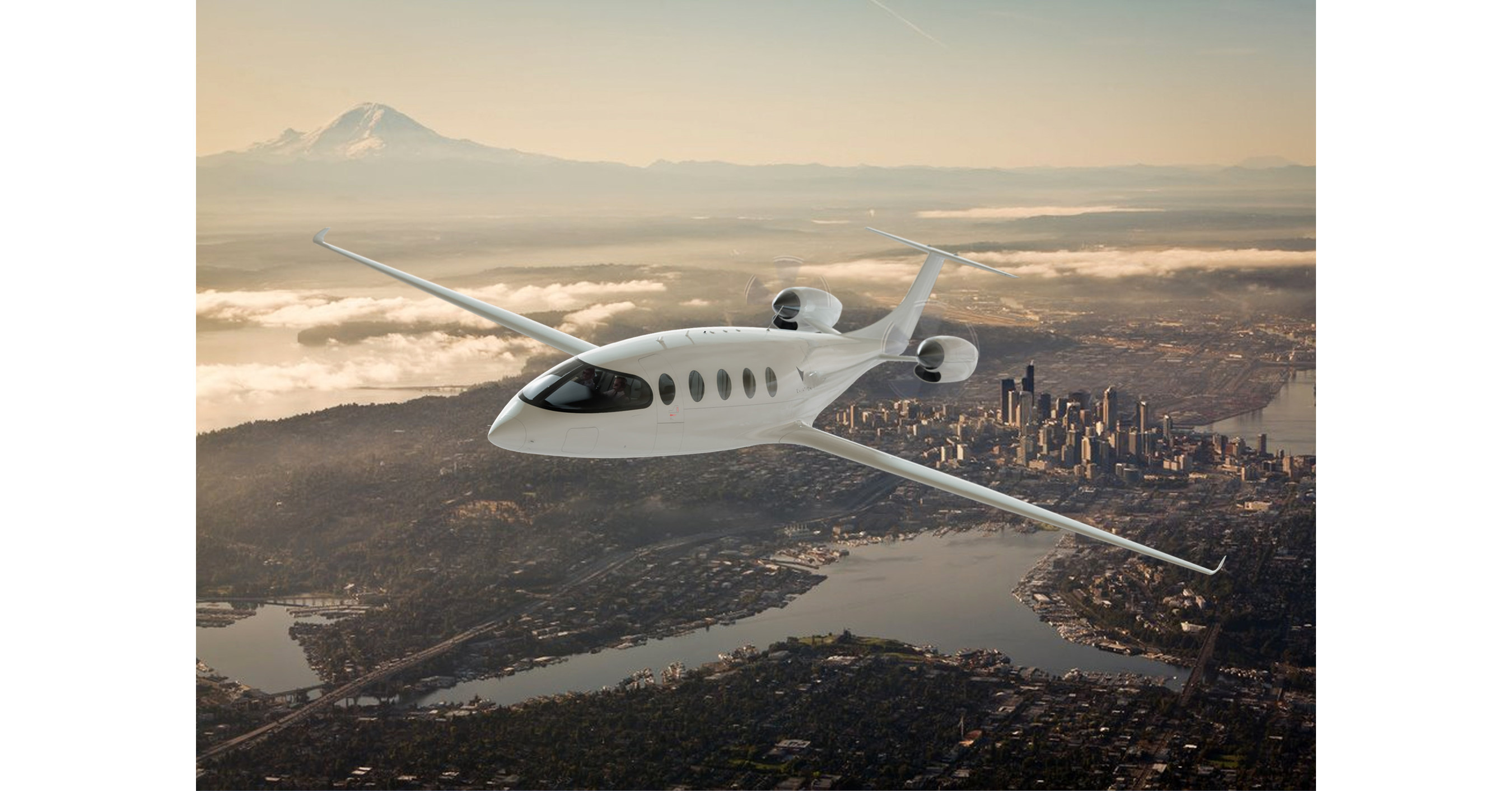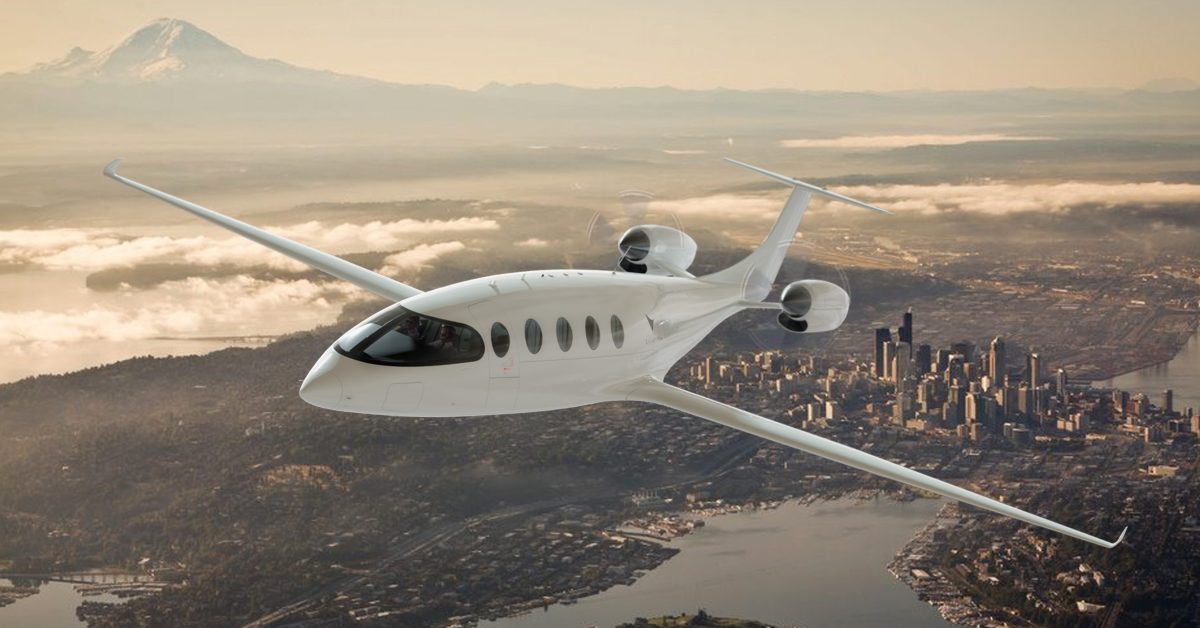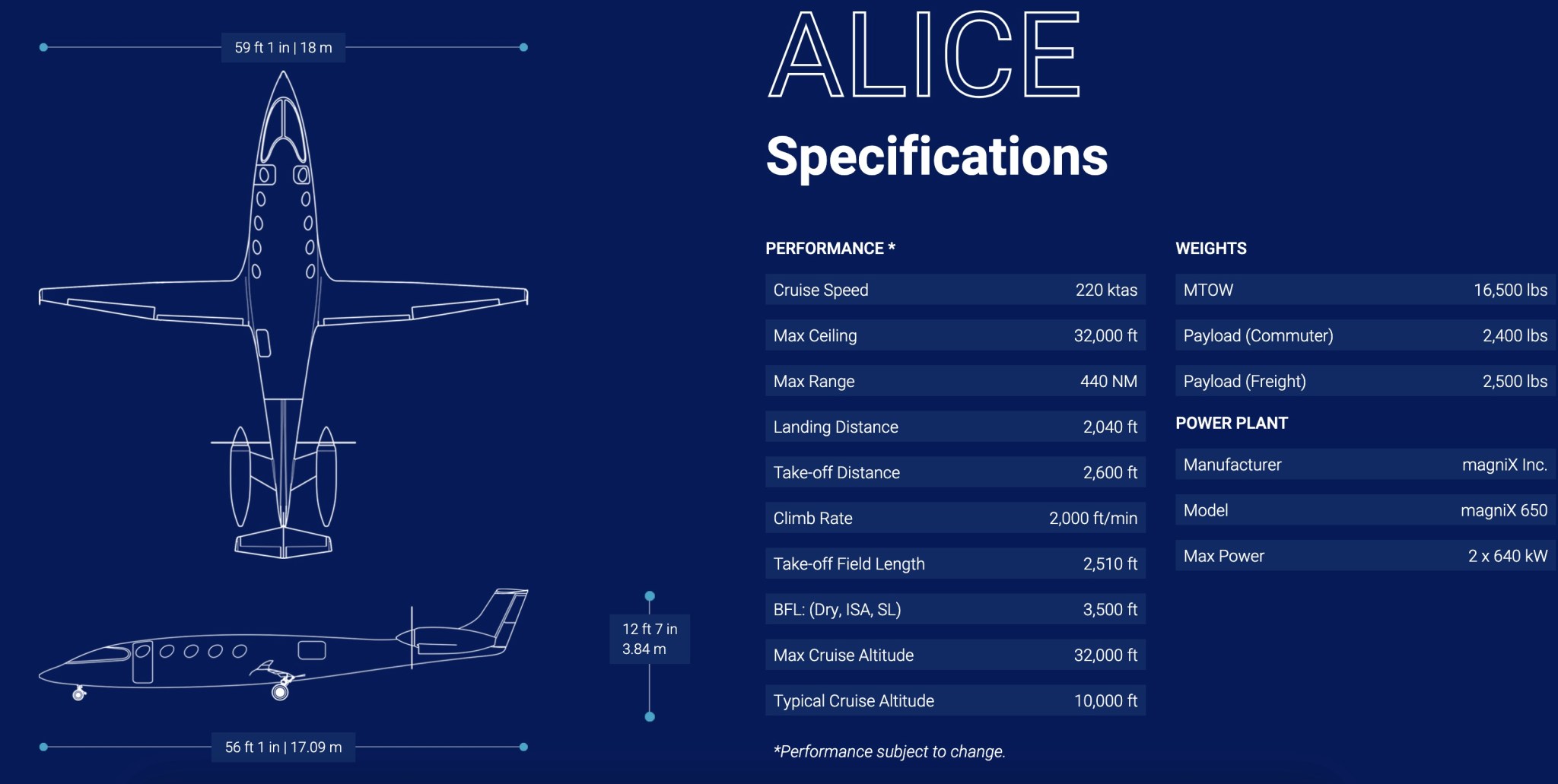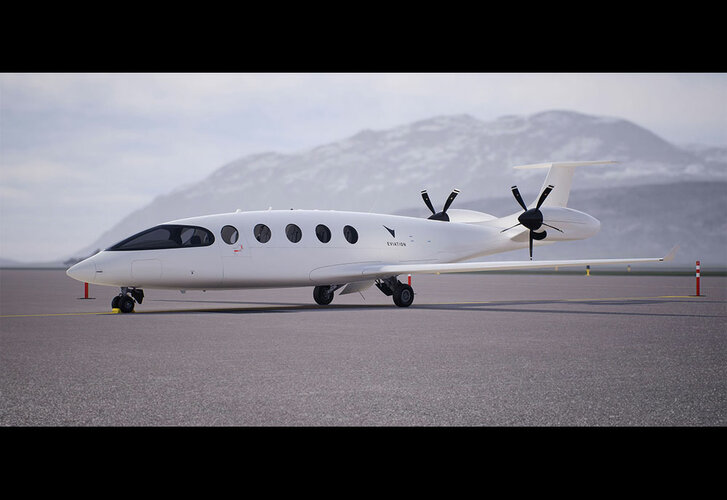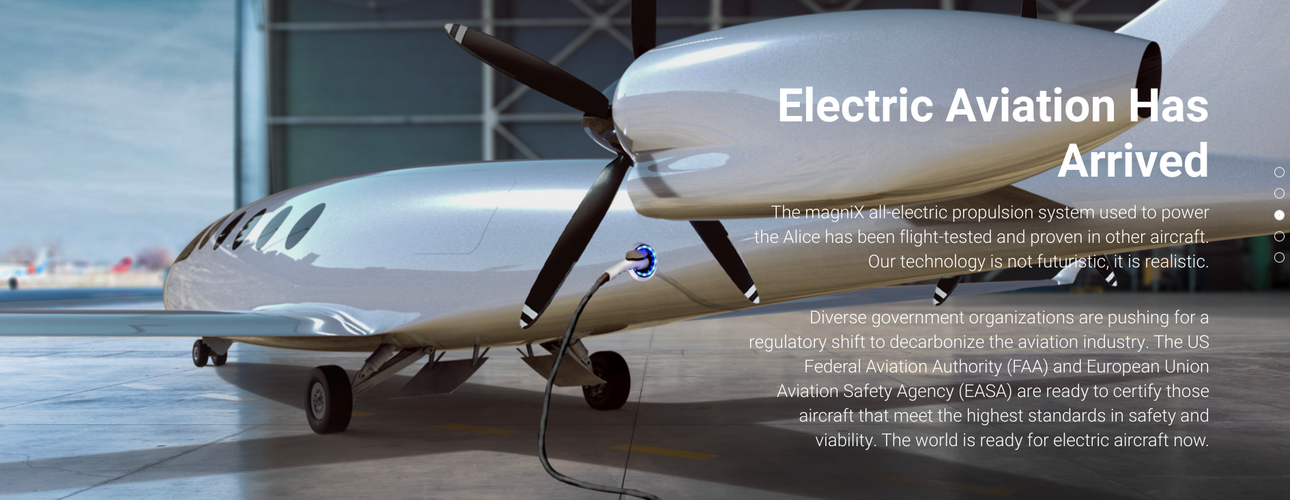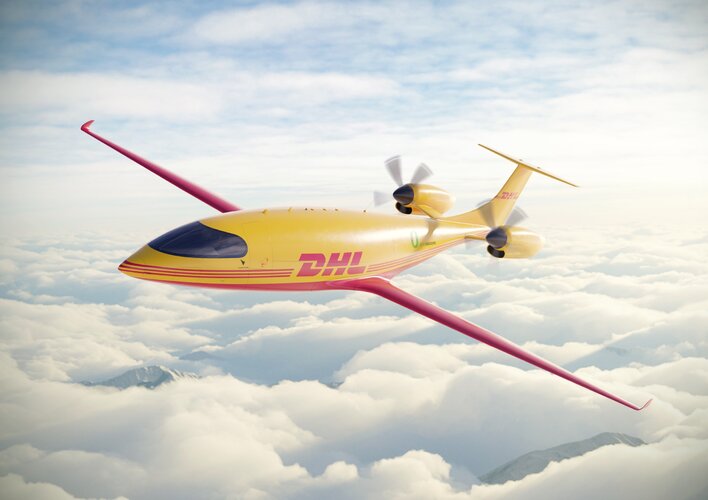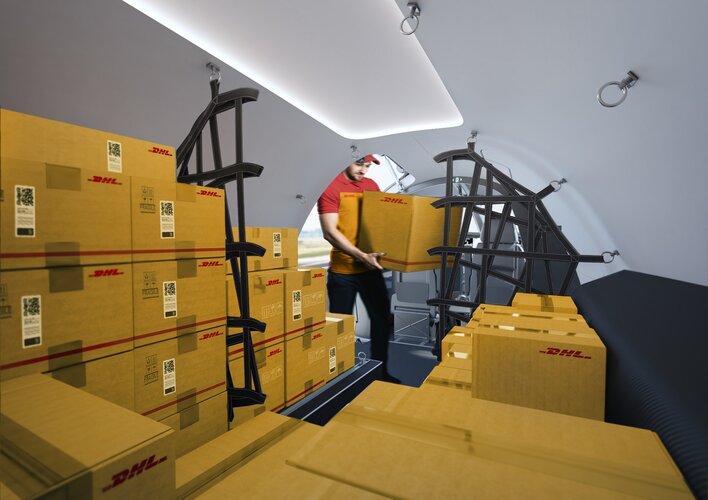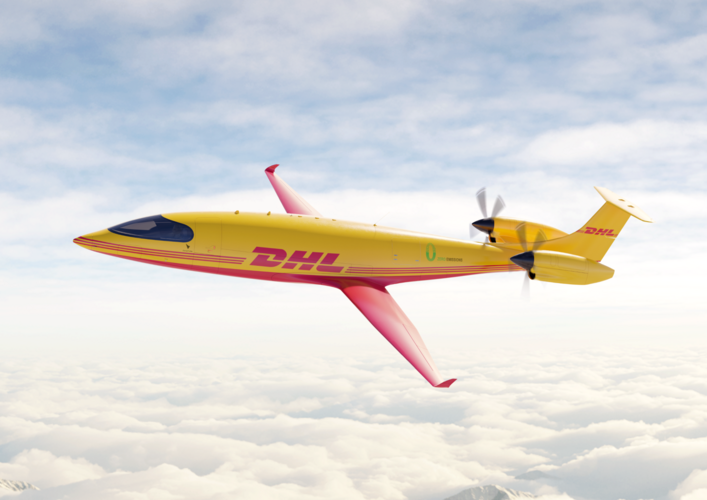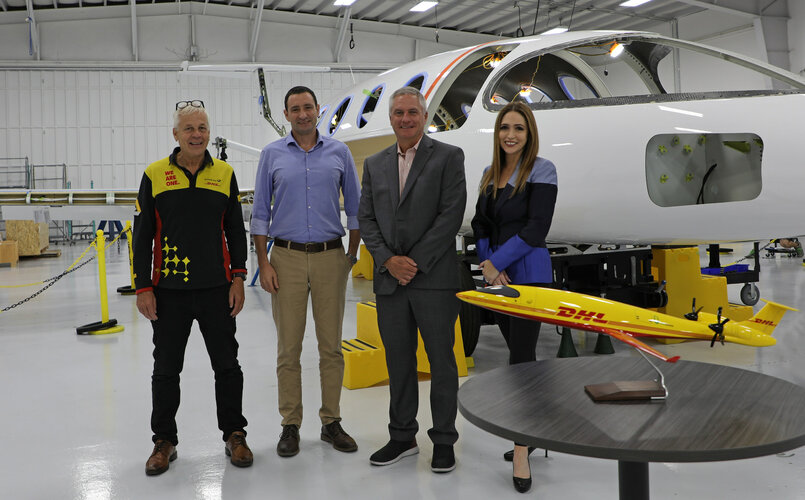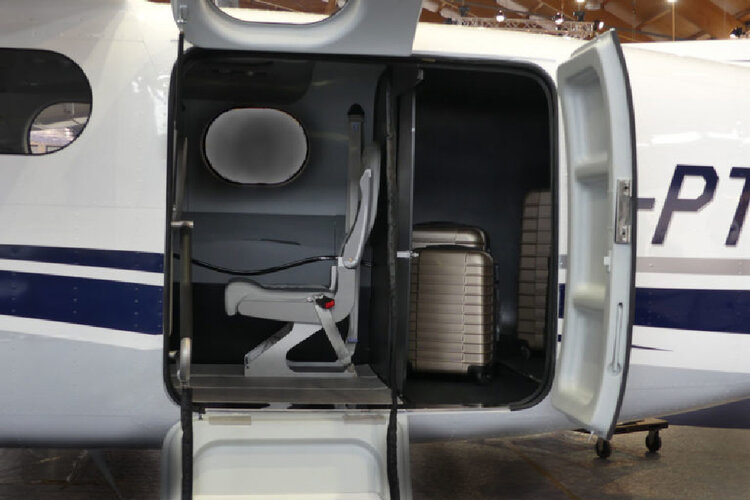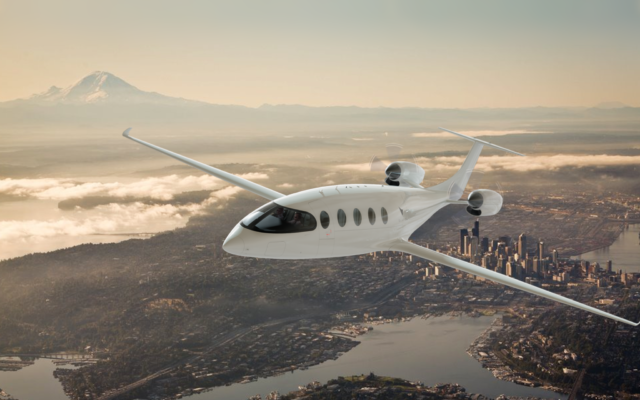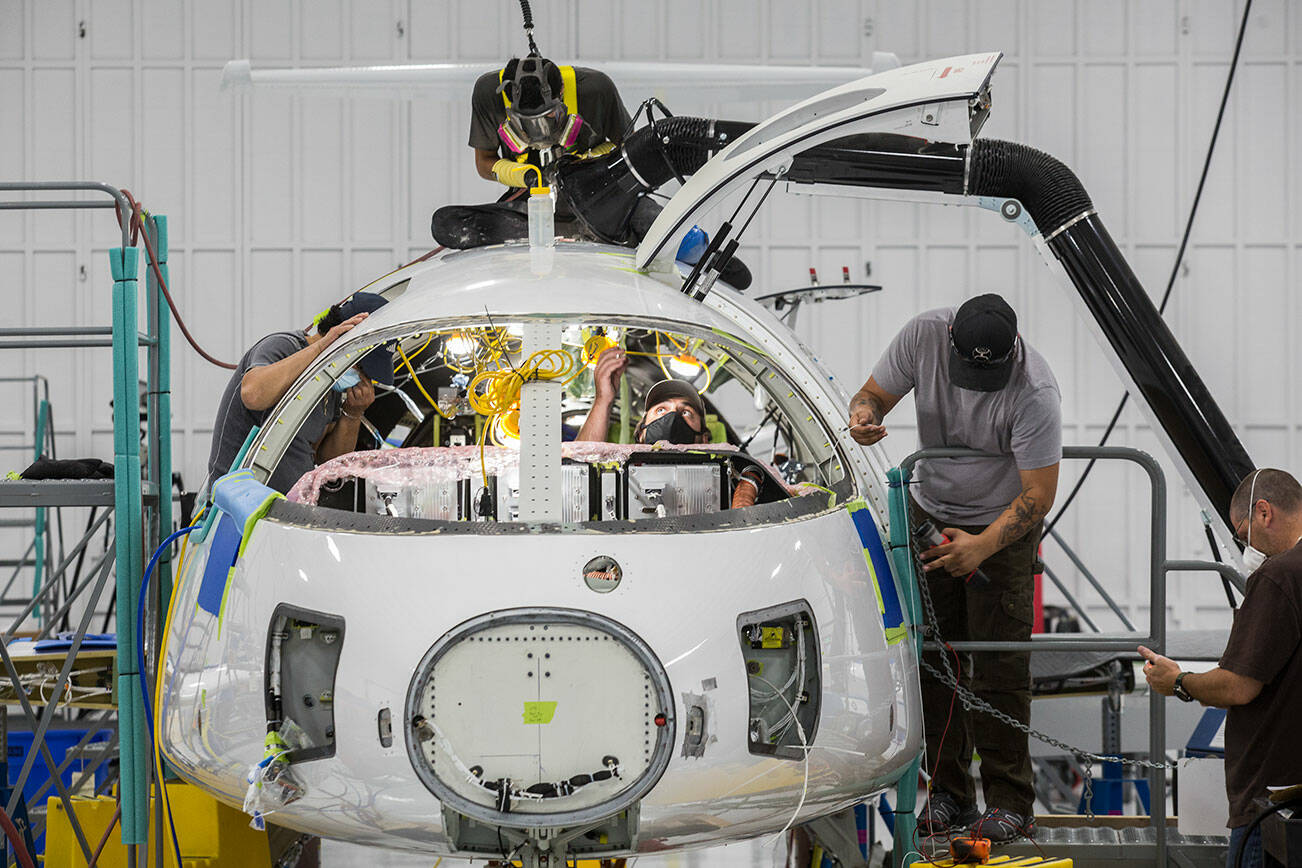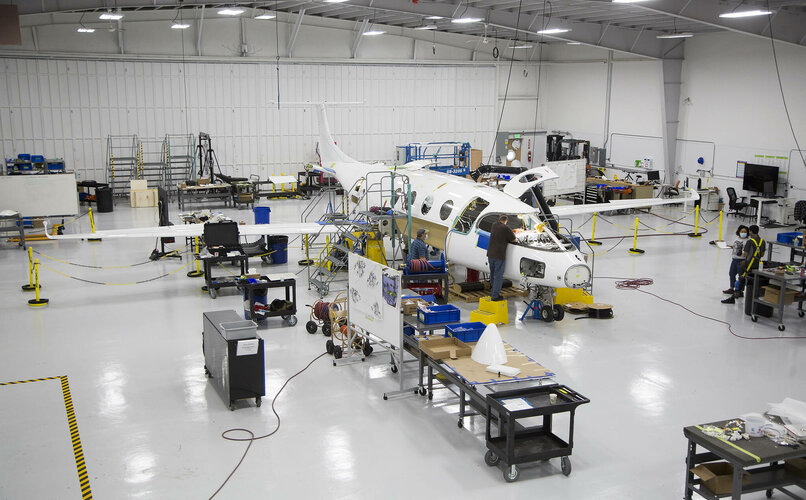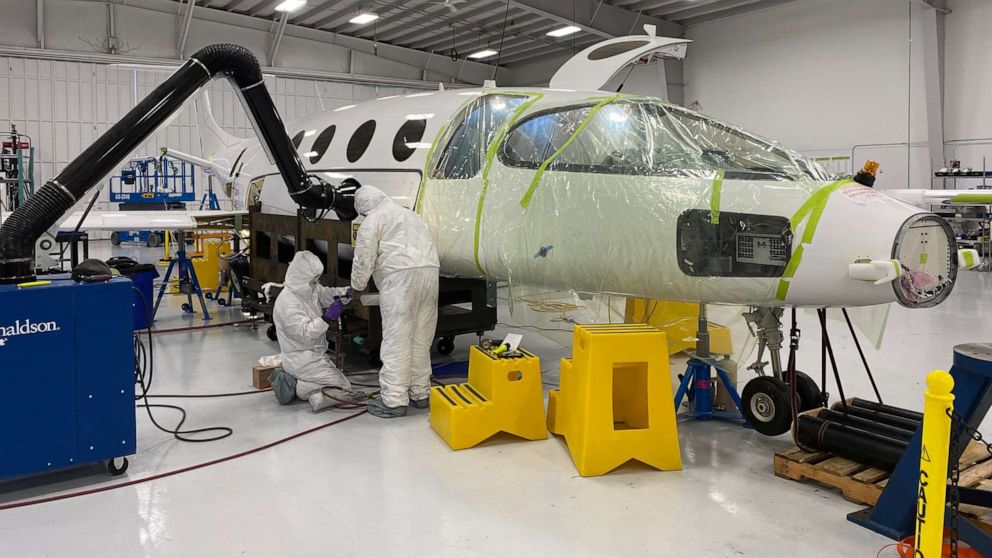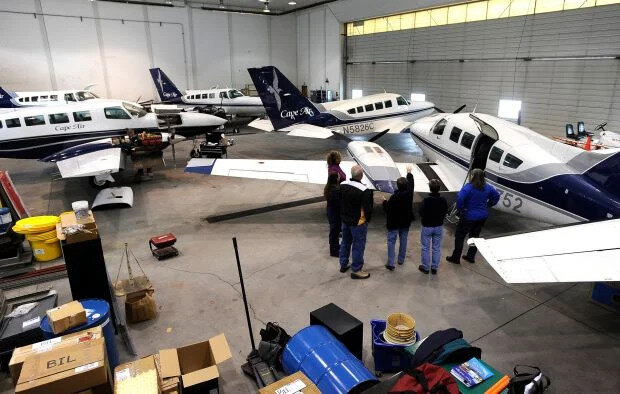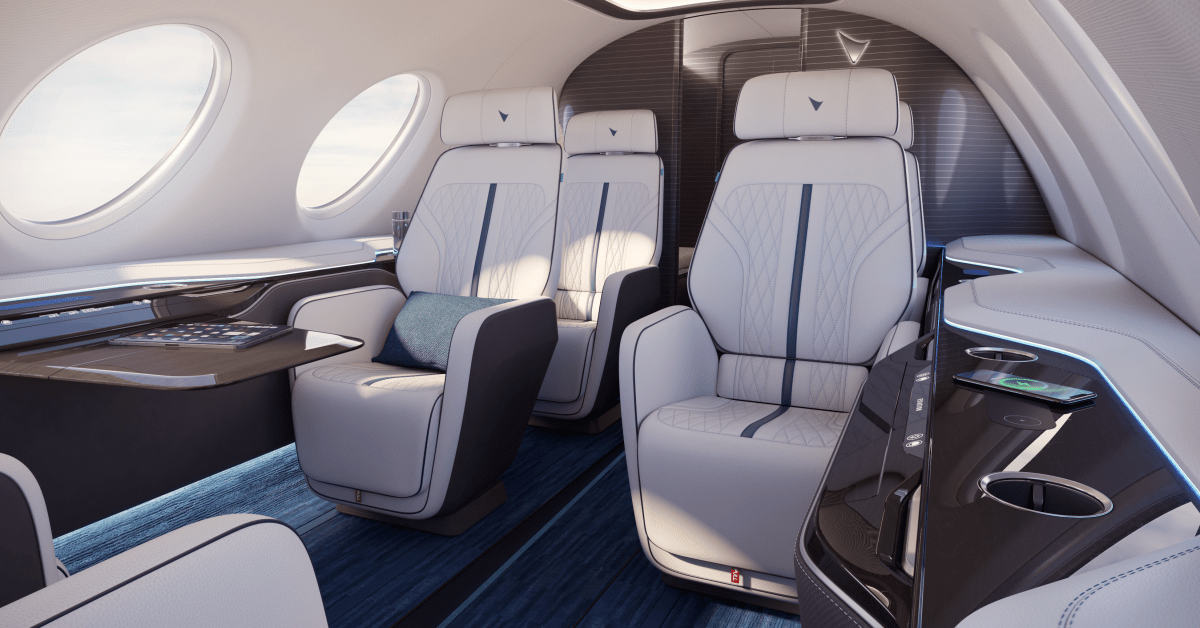According to a recent article in Aviation Week, the company has updated the specifications surrounding the aircraft. It will now have pressurization, a 220 kt cruise speed, 32,000 ceiling and a 440 nm range with a 45 minute reserve. It's original range was supposed to 740 nm. It's takeoff gross weight has increased to 14,700 lb up from 14,000 lb, and the wingspan has increased from 53ft all the way up to 59 ft. But the battery weight remains the same at a whopping 8,200 lb with 820 kWh of energy capacity, using lithium nickel cobalt oxide cells. The factory will be located in Washington, close to the headquarters of MagniX, the engine maker they will be using.
They also claim the aircraft is still projected to enter service by 2024, but I just don't see that happening. The Tecnam P2012 was a simple all metal airframe with proven engines and avionics, fixed landing gear as well as no pressurization and it took an experienced company like Tecnam almost 4 years to gain certification.
I understand these start up companies are under pressure to present investors with rosy projections regarding the timetables of their projects, but there is a fine line between being optimistic and flat out lying. I have seen too many start up companies with very ambitious projects present timetables that are frankly preposterous.

